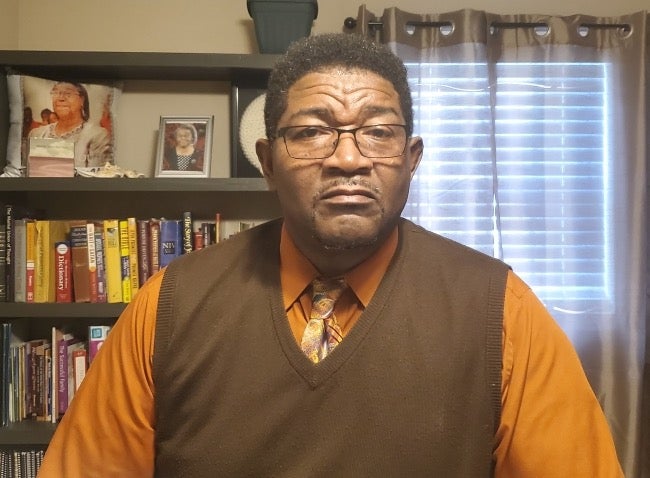Trailering easily and safely
Published 2:05 am Monday, November 7, 2016
Basic boat etiquette dictates that boaters steer clear or go slow in and around launch areas. Boat wake makes for dangerous loading and unloading. No one appreciates a hot dog at the ramp.
Let’s assume the trailer has been backed into the water, and you’ve played out the winch line to retrieve the boat. Some prefer to pull the boat onto the trailer from the dock or ramp. Another group prefers to drive their boat onto the trailer. In both instances, everyone should be wearing a PFD.
When pulling the boat onto the trailer, a competent operator must stay on board in case the boat gets loose. I’ve watched many a boat going down the river or out into the lake with no one aboard. Cleat a line on the bow passing it under the rail to a line handler on the dock. Cleat a stern or mid-ship line passing it to another line handler. Tilt outdrive or outboard up so the skeg or prop doesn’t drag on the ramp. Turn off the engine, leaving the keys in the ignition for quickly starting in an emergency. Using the lines, pull the boat onto the trailer, centering it as much as possible in the process.
Quickly attach the winch hook to the bow eye to secure the boat. Line handlers should continue to control the boat while you winch the boat completely onto the trailer. When the boat is in the forward chock, attach the safety chain or hook before removing the winch hook. Some choose to leave the winch hook attached for safety and faster launch. Once you’ve attached the safety chain, have the tow vehicle driver slowly pull the trailer and boat from the water. Line handlers can help center the boat on the trailer as it exits the water.
If driving your boat onto the trailer, tilt outboard or outdrive partially up. Cleat bow and mid-ship lines, both port and starboard, for line handlers to grab. Approach slowly from downwind or current yet with enough power to control your boat and make progress. In changing conditions, I may try two or three times to get it right. The key is patience. It is smarter and safer to start over, rather than powering through, damaging the boat and/or trailer.
Line handlers can help center the boat on the trailer. Once against the forward chock, have someone attach the safety hook or chain. Put the transmission in neutral, tilt the outboard or outdrive fully up then turn off the engine.
With practice and under ideal conditions, I’ve been known to singlehandedly drive the boat onto the trailer. I keep the transmission engaged and just enough power to hold it against the bow chock. I then walk to the bow, reach over, hook the safety chain, walk back, reduce power and turn off the engine. I don’t suggest this method except by the most experienced boater in perfect conditions plus with a helper in an emergency.
Once clear of the ramp, proceed to the tie down area to follow your retrieval safety process.
For the uninitiated, the safety chain and rear tie downs keep the boat on the trailer during transport.
A precaution from personal experience: boats also plane in humid, thick air when speeding down the highway. Use the rear tie downs and hook the safety chain, or prepare for your boat to skid past you on the expressway.
Last, do a walk-around inspection of boat and trailer before getting on the road to ensure that the bearings are free of water and properly greased. Test the trailer lights and the connector thoroughly.
The Pamlico Sail & Power Squadron schedules boating education courses and free seminars throughout the year. To learn more about the local squadron or what education and safety training is available, visit their website at www.pamlicosailandpowersquadron.org or email our education officer at psps@gmail.com.
Biff Matthews is a member of the Pamlico Sail & Power Squadron.





